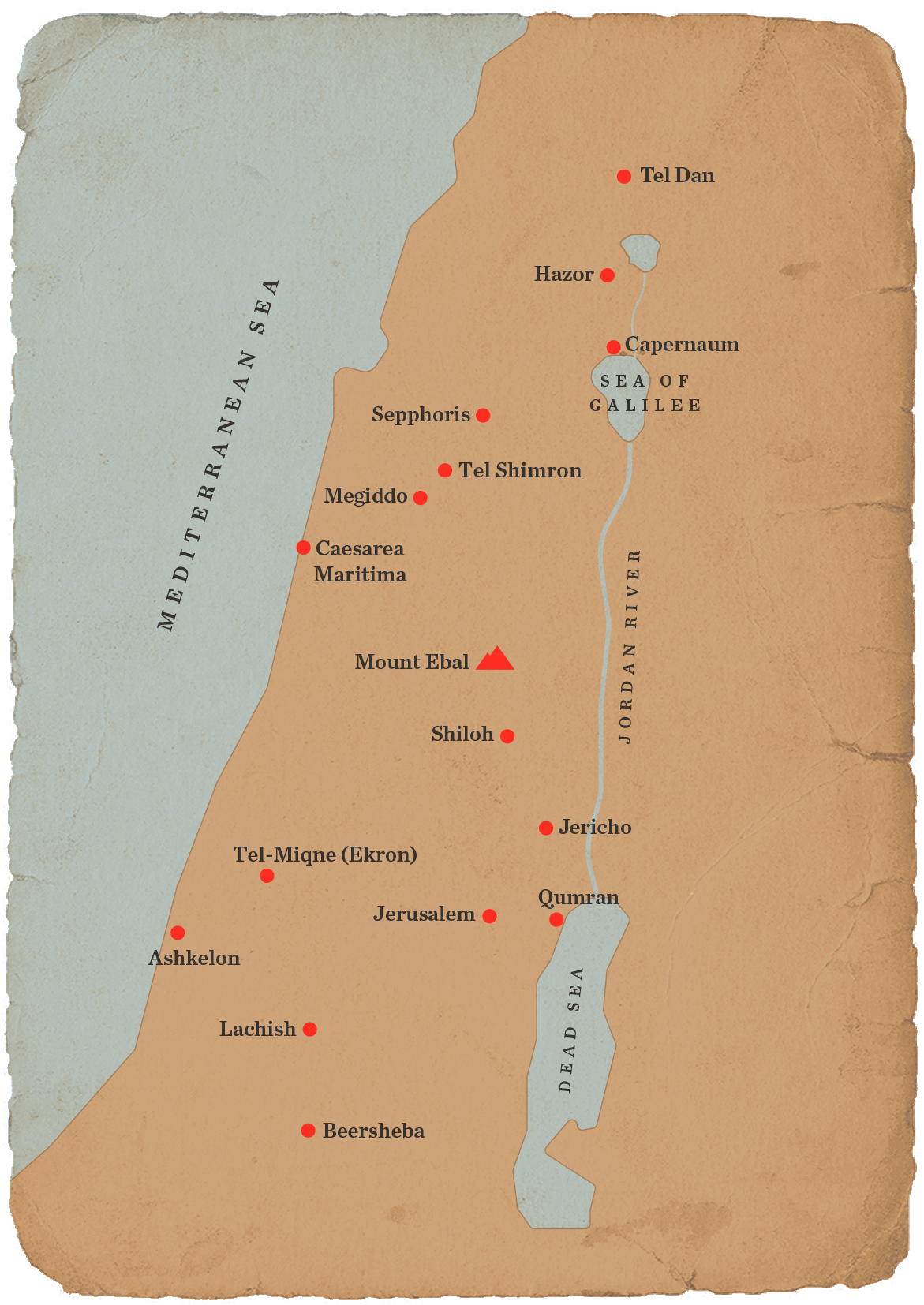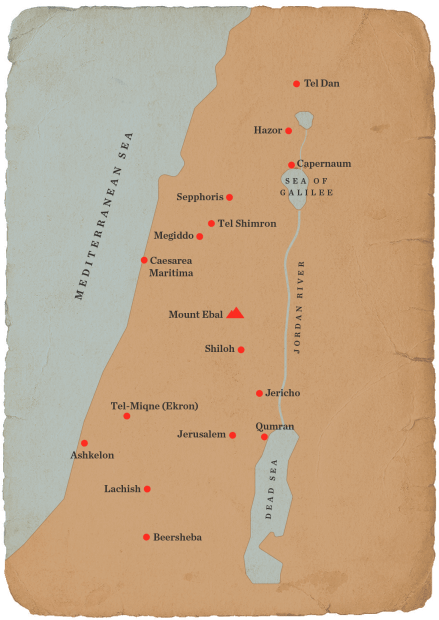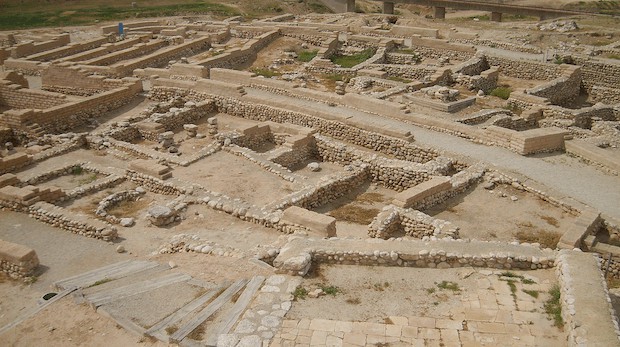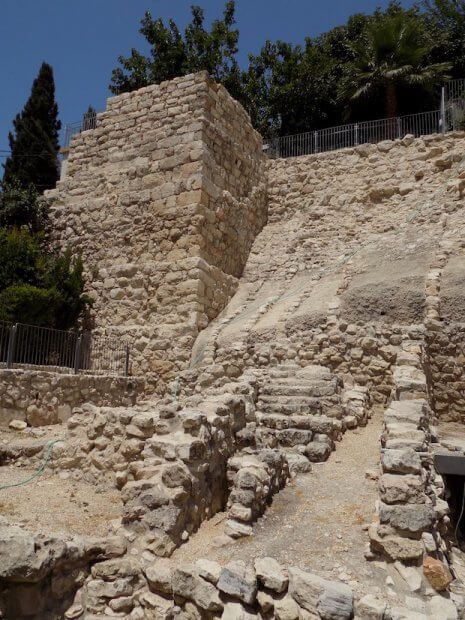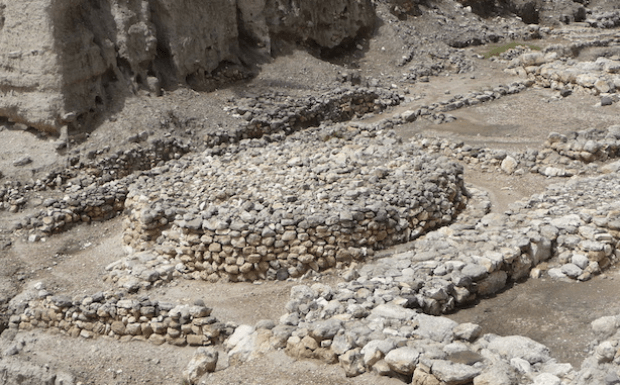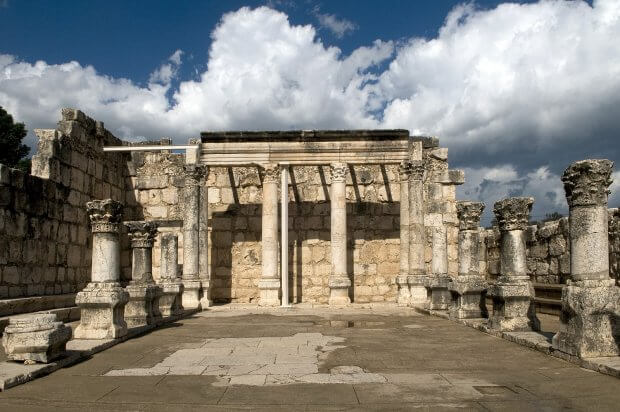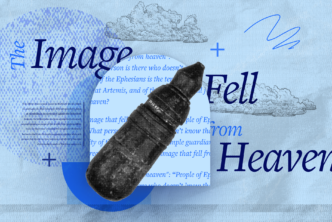The pool of Siloam at the end of Hezekiah’s tunnel on the southern slope of the City of David, Jerusalem
By David B. Schreiner
Israel is bursting with biblical archaeology excavation sites, and flocks of graduate students, professional researchers, and laypeople visit the country every summer to join the demanding but rewarding work of excavation. Some sites, like Tel Shimron, are relatively new, while others, such as Megiddo, boast decades of continual excavation. This map shows a selection of key biblical archaeology sites within the modern borders of Israel. These locations (listed below from south to north, roughly) have proven to be extremely important for understanding the culture of ancient Israel.
1. Beersheba
Beersheba is a site linked with Israel’s patriarchs, Abraham, Isaac, and Jacob. Its urban development is a case study in the growth of Judean culture during Iron Age II (roughly 1000–586 BC).
Ruins at Tel Beersheba
2. Lachish
Lachish—Judah’s second-most important city (after Jerusalem)—was destroyed violently twice, first by the Assyrians (701 BC) and later by the Babylonians (587/86 BC). In 1935, excavators working amid the debris of a guardhouse found shards of pottery with Hebrew writing. The so-called “Lachish Letters” give accounts of Judah’s final days before the Babylonian invasion.
3. Ashkelon
Ashkelon is a critical site for understanding the culture of the Philistines, a frequent enemy of the Israelites in the Old Testament. Ashkelon was excavated for decades and only recently closed. In 2016, excavation of a Philistine cemetery allowed a diverse set of sophisticated analyses (such as DNA profiling).
4. Tel-Miqune
Tel-Miqne is the biblical city of Ekron. Due to its olive industry, the city became prominent during Iron Age II (roughly 1000–586 BC). Findings from Tel-Miqne have shed light on the policies of the Neo-Assyrian Empire, which dominated the region during the Bible’s divided monarchy period (beginning in 1 Kings 12).
5. Jerusalem
Due to the city’s political situation, ancient Jerusalem is extremely difficult to excavate. However, an area called the City of David—thought to be Jerusalem’s oldest settlement—is currently being excavated.
A post-exhilic fortification in the City of David, Jerusalem
6. Qumran
A Jewish sect [called the Essenes] lived here around the time of Jesus. In 1946–47, shepherds found more than 900 manuscripts in caves near Qumran. These manuscripts, known as the Dead Sea Scrolls, have been dated to 250 BC–50 AD, and roughly 200 have material from the Hebrew Bible.
7. Jericho
One of Israel’s most famous sites, the city of Jericho, dates to about 10,000 BC. It was occupied, destroyed, and reoccupied many times, producing multiple layers of archaeological evidence. The layer called “City IV” is important for dating the Israelites’ exodus from Egypt and their settlement in Canaan. Sadly, the site is heavily eroded, hindering any future excavation.
8. Shiloh
The ruins of ancient Shiloh, first identified by the American explorer Edward Robinson in 1838, lie 18 miles north of Jerusalem at Khirbet Seilun, just west of the modern town of Shiloh and south of ancient Lebonah. Shiloh served as the early center of Israelite worship.
9. Mount Ebal
Mount Ebal is very likely the site of Joshua’s altar (Josh 8:30– 35).
10. Caesarea Maritima
Built by Herod the Great in honor of Caesar Augustus, this city provides a case study in Herodian policy and royal exploits.
11. Megiddo
Having been excavated for decades, Megiddo is a benchmark site for assessing the region’s history and Israel’s cultural development through time.
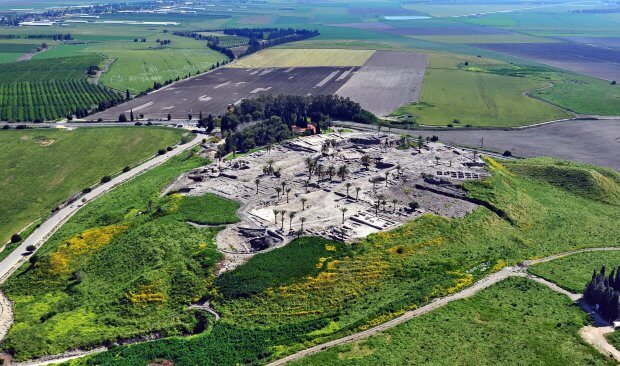
12. Tel Shimron
Tel Shimron is a fortified city of the Canaanites conquered by Joshua and the Israelites (Josh 11:1; 12:20). Excavations began in 2017, seeking to understand the role this settlement played in the history and economics of the Jezreel Valley and Galilean hills.
13. Sepphoris
A major city in Galilee during Jesus’s ministry, Sepphoris is located about four miles from Nazareth. During the ministries of John the Baptist and Jesus, Sepphoris was the capital of Herod Antipas, who ruled the region. Although Sepphoris isn’t mentioned in the Bible, excavations there offer insights about Galilee during the time of Jesus.
14. Capernaum
Capernaum was the home of the apostle Peter and center of Jesus’ ministry in Galilee. Excavators here discovered a house under a Byzantine church, and some speculate it may have been Peter’s home.
Ruins of the ancient Great Synagogue at Capernaum near the Sea of Galilee
15. Hazor
Featured throughout the Old Testament, Hazor was a strategic site in northern Galilee. Its destruction in the Late Bronze Age (1550–1200 BC) has been cited as evidence to support the biblical narratives about the conquest of Canaan.
16. Tel Dan
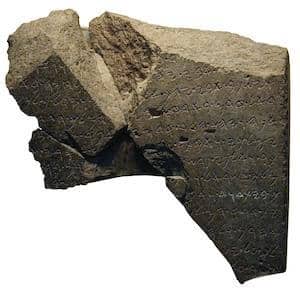
One of two cultic sites constructed by Israel’s King Jeroboam I, Tel Dan is known for its gate system, which dates to the Middle Bronze Age (2000–1550 BC). In 1993–94, excavators found fragments of an Aramaic inscription mentioning the “House of David”—which supports the Bible’s account of the Davidic dynasty ruling over Judah.
***
Learn more about other biblical archaeology sites and the culture, context, and geographical setting of ancient Israel in Lexham Geographic Commentaries (5 vols).
Or explore archaeological digs in Israel by joining distinguished scholars in the field in Mobile Ed: AR101 Archaeology in Action: Biblical Archaeology in the Field (3 hour course)
David B. Schreiner teaches Old Testament at Wesley Biblical Seminary, Jackson, Mississippi.
This post has been adapted from the original article, which appeared in the March/April 2019 edition of Bible Study Magazine.

